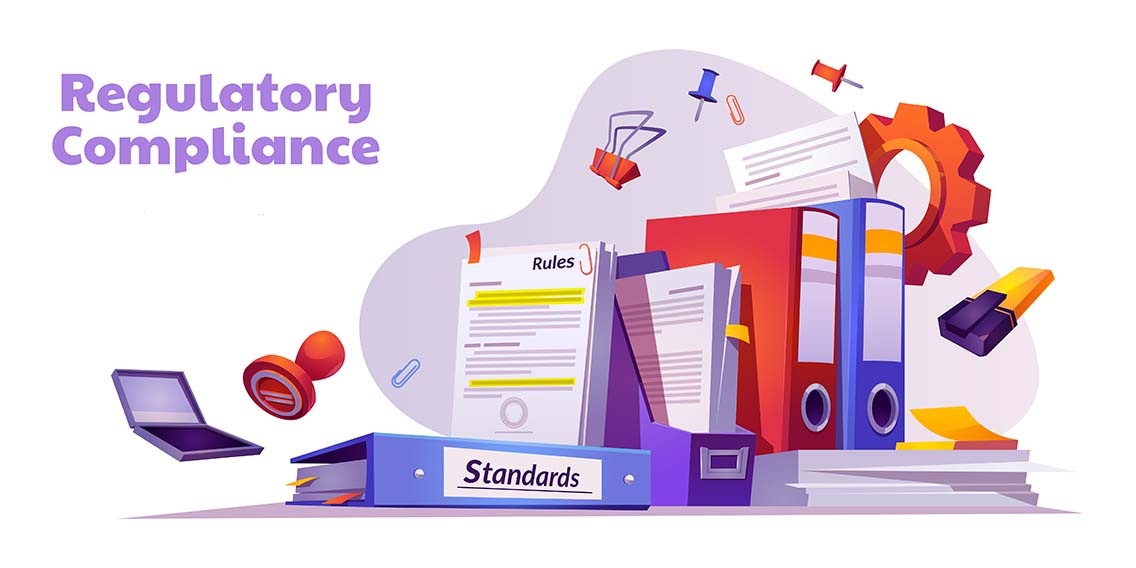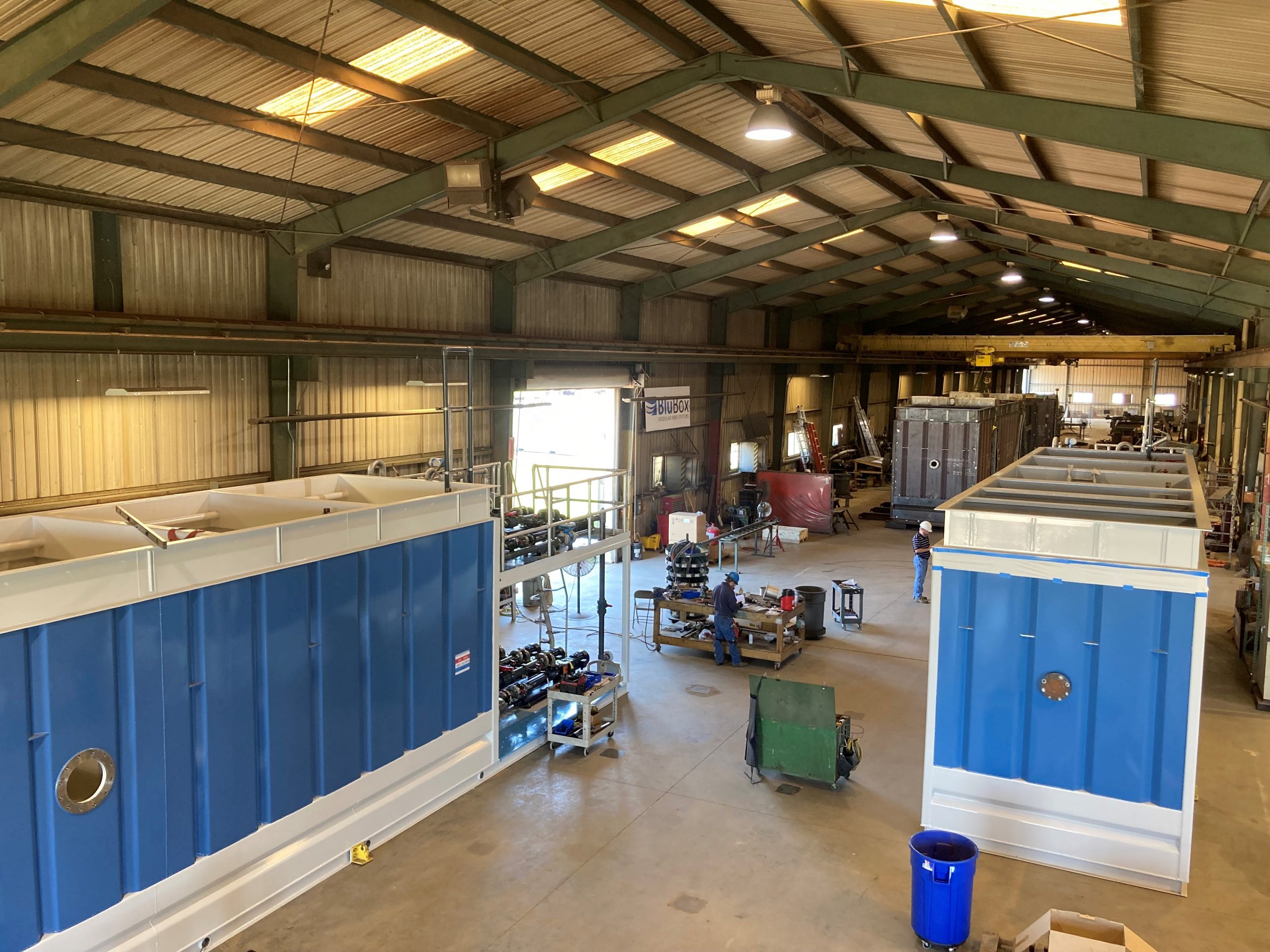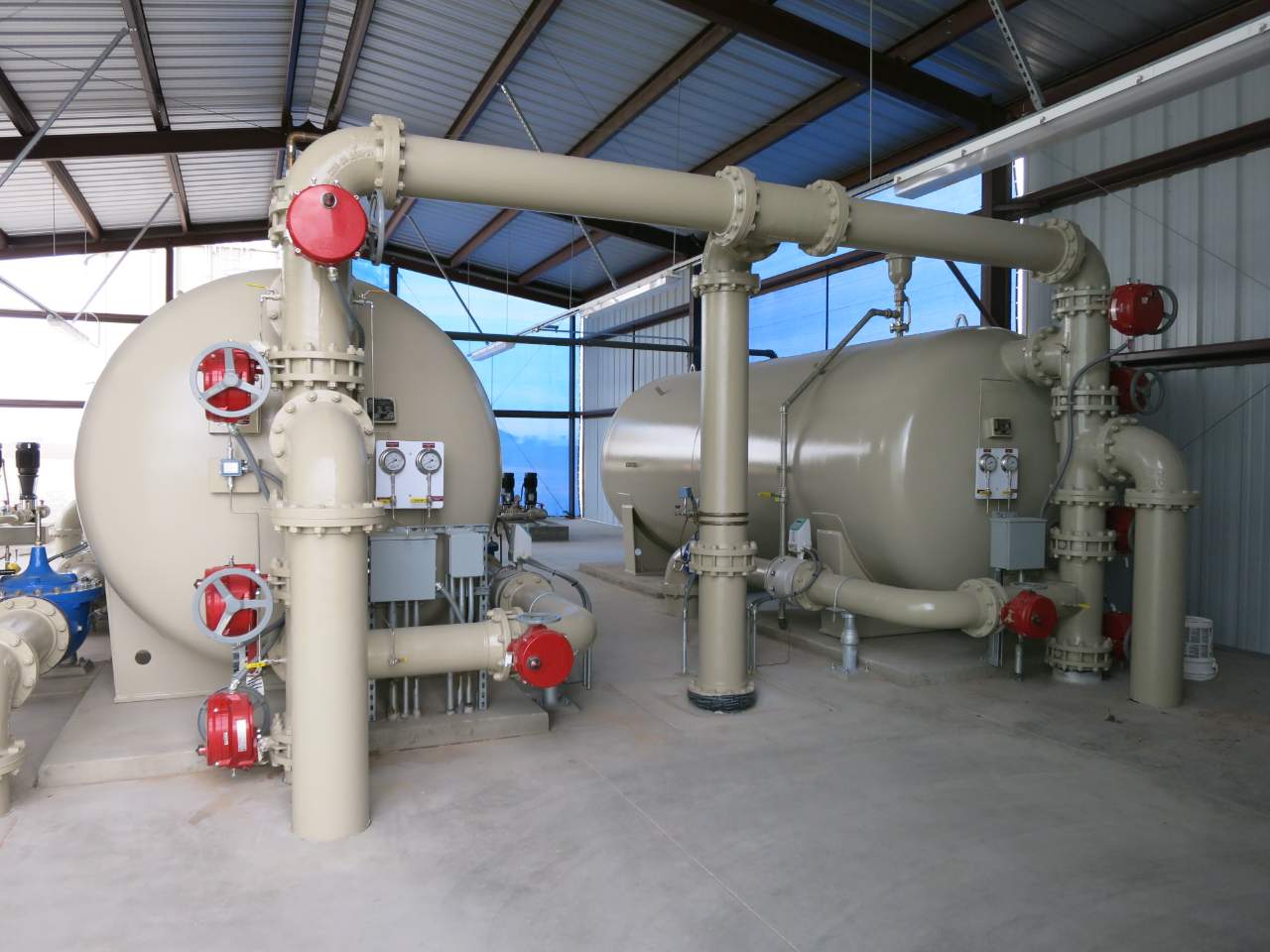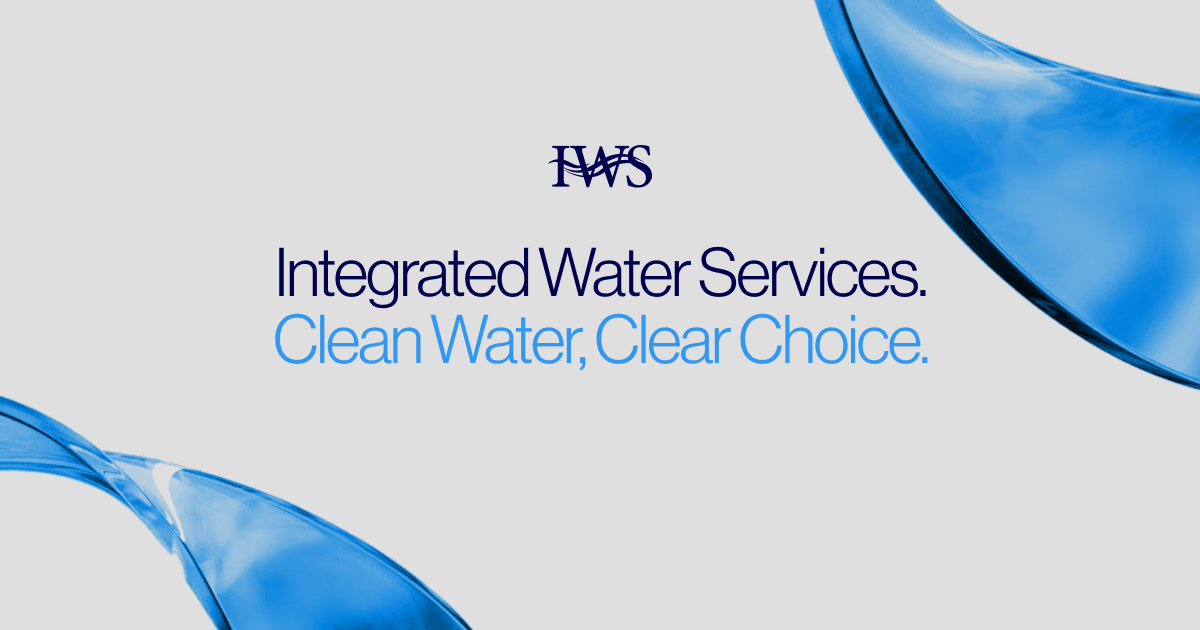Navigating Evolving Wastewater Regulations in the Food and Beverage Industry

In recent years, the food and beverage industry has faced increasingly stringent wastewater regulations, imposing challenges on businesses to ensure compliance while maintaining operational efficiency. As concerns about environmental impact and water quality intensify, regulatory bodies worldwide are tightening their standards, requiring industries to adopt more advanced wastewater management practices. Specifically, the food and beverage sector finds itself under heightened scrutiny due to its substantial water usage and potential for environmental pollution.
The Changing Regulatory Landscape
The landscape of wastewater regulations is in a state of constant evolution. Regulatory bodies, such as the Environmental Protection Agency (EPA), continuously review and update guidelines to address environmental concerns and protect water resources. This proactive approach aims to reduce pollutants discharged into water bodies and enhance the quality of effluent from industrial facilities.
Challenges Faced by the Food and Beverage Industry
The food and beverage industry faces unique challenges in managing wastewater. Factors contributing to these challenges include the complexity of effluents generated, varying pH levels, organic load, and the presence of fats, oils, and grease (FOG).
Traditionally, conventional wastewater treatment methods might not fully address the specific composition of effluents from food and beverage processes. As a result, complying with stricter regulations often necessitates upgrading or implementing advanced treatment technologies, which can pose financial and logistical hurdles for businesses.
Adopting Advanced Treatment Technologies
To meet the tightening regulatory requirements, many companies in the food and beverage industry are investing in innovative wastewater treatment technologies. These advancements include Membrane Bioreactors (MBRs). MBRs combine biological treatment processes with membrane filtration to achieve higher removal rates of contaminants, ensuring better effluent quality. To learn more about MBR technology, see our blog on this topic here.
Regulations surrounding wastewater management can vary significantly from state to state. Let’s delve into the specific regulatory landscape for wastewater in the food and beverage industry across several states.
North Carolina
Wastewater regulations are primarily overseen by the North Carolina Department of Environmental Quality (NCDEQ).
-
- North Carolina General Statutes (NCGS)
-
- NCGS Chapter 143, Article 21B (The Water and Wastewater Operators’ Certification Act): Outlines the certification requirements for wastewater treatment plant operators.
-
- NCGS Chapter 143, Article 21 (Water Resources Act of 1967): This statute provides the basic framework for water resources management, including wastewater discharge regulations.
-
- North Carolina General Statutes (NCGS)
-
- North Carolina Administrative Code (NCAC)
-
- NCAC Title 15A, Subchapter 2T (Water Quality Permitting): Outlines the regulations governing wastewater permitting, discharge limits, and compliance requirements for various industries, including the food and beverage sector.
-
- NCAC Title 15A, Subchapter 2H (Surface Water Standards): Establishes water quality standards, including criteria for pollutants, to protect surface waters.
-
- North Carolina Administrative Code (NCAC)
South Carolina
In South Carolina, the management of wastewater and water quality is overseen by the South Carolina Department of Health and Environmental Control (SCDHEC).
-
- South Carolina Code of Laws
-
- Title 48 – Environmental Protection and Conservation: This title encompasses various statutes related to environmental protection, including water quality regulations and wastewater management.
-
- South Carolina Code of Laws
-
- South Carolina Regulations (Regulation 61-67)
-
- The Regulations are divided into four (4) Parts.
-
- Part 100 contains requirements on wastewater construction permit applications.
-
- Part 200 gives specific information that must be included in an engineering report for a new or expanding wastewater treatment facility.
-
- Part 300 contains submittal requirements on applications for wastewater construction permits for sewer lines and wastewater treatment facilities including industrial pretreatment facilities. It also contains specific design criteria which must be met for different types of wastewater systems.
-
- Part 400 establishes reliability classifications for wastewater treatment facilities. This section addresses those components of a wastewater treatment system which have a backup and based upon the specific reliability classification of the treatment system.
-
- The Regulations are divided into four (4) Parts.
-
- South Carolina Regulations (Regulation 61-67)
Arizona
The management of wastewater and water quality is overseen by the Arizona Department of Environmental Quality (ADEQ).
-
- Arizona Revised Statutes (ARS)
-
- Title 49 – Waters, Water Supply, and Drainage: Statutes related to water resources, water quality, and wastewater management. Specific sections may address wastewater treatment and discharge regulations.
-
- Arizona Revised Statutes (ARS)
-
- Arizona Administrative Code (AAC)
-
- Title 18, Chapter 9 – Water Quality Control: Outlines the specific rules and regulations established by ADEQ concerning water quality and wastewater management.
-
- Arizona Administrative Code (AAC)
New Mexico
In New Mexico, the management of wastewater and water quality is overseen by the New Mexico Environment Department (NMED).
-
- New Mexico Statutes (NMSA):
-
- Title 74 – Water and Irrigation: Statutes related to water resources, water quality, and wastewater management in New Mexico. Specific sections may address wastewater treatment, discharge regulations, and the protection of water quality.
-
- New Mexico Statutes (NMSA):
-
- New Mexico Administrative Code (NMAC):
-
- Title 20, Chapter 6 – Water Quality Control Commission: Concerns water quality standards, pollution control, and wastewater management. It may include provisions related to wastewater discharge permits, effluent limitations, monitoring requirements, and compliance standards for various industries.
-
- New Mexico Administrative Code (NMAC):
Florida
In Florida, the management of wastewater and water quality is overseen by the Florida Department of Environmental Protection (FDEP). Regulations focus on nutrient removal due to concerns about impacts on water bodies, particularly in sensitive ecosystems like the Everglades. Emphasis on advanced treatment technologies, such as biological nutrient removal (BNR), might be prevalent to address nutrient pollution.
-
- Florida Statutes (F.S.):
-
- Chapter 403 – Environmental Control: Statutes related to environmental protection, water resources, and wastewater management in Florida. Specific sections may address wastewater treatment, discharge regulations, and protection of water quality.
-
- Florida Statutes (F.S.):
-
- Florida Administrative Code (F.A.C.):
-
- Chapter 62-600 to 62-699 – Water Quality Standards, Criteria, and Rules: Concerns water quality standards, pollution control, and wastewater management. They may include provisions related to wastewater discharge permits, effluent limitations, monitoring requirements, and compliance standards for various industries.
-
- Florida Administrative Code (F.A.C.):
Colorado
In Colorado, the management of wastewater and water quality is overseen by the Colorado Department of Public Health and Environment (CDPHE). Colorado’s regulations emphasize conservation and protection of water quality in rivers and streams. Compliance requirements often revolve around effluent quality and discharge permits, ensuring minimal impact on water resources. The state might encourage or mandate water recycling or reuse practices to alleviate stress on water supplies.
-
- Colorado Revised Statutes (C.R.S.):
-
- Title 25 – Health: Statutes related to public health, environmental protection, and water quality in Colorado. Specific sections may address wastewater treatment, discharge regulations, and protection of water resources.
-
- Colorado Revised Statutes (C.R.S.):
-
- Colorado Code of Regulations (CCR):
-
- Regulation 61 – Colorado Water Quality Control Commission: Concerns water quality standards, pollution control, and wastewater management. It includes provisions related to wastewater discharge permits, effluent limitations, monitoring requirements, and compliance standards for various industries.
-
- Regulation 85 – Nutrients Management Control Regulation: Addresses nutrient pollution to prevent excessive nutrient inputs into waterways, which can lead to eutrophication and negatively impact aquatic life. The regulation establishes specific standards for nitrogen and phosphorus in wastewater discharges. The regulation addresses both point sources (such as industrial facilities and wastewater treatment plants) and non-point sources (such as agricultural runoff) contributing to nutrient pollution.
-
- Colorado Code of Regulations (CCR):
California
California is known for its stringent environmental regulations. The management of wastewater and water quality is overseen by the State Water Resources Control Board (SWRCB) and the nine Regional Water Quality Control Boards (RWQCBs). The state’s Water Boards closely monitor wastewater discharges and often demand stringent effluent limits and advanced treatment technologies, especially in areas dealing with water scarcity or sensitive ecosystems. Emphasis on innovative treatment methods and strict compliance measures is high.
-
- California Water Code (CWC):
-
- Division 7 – Water Quality: Statutes related to water quality protection, pollution control, and the regulation of wastewater discharges in California.
-
- California Water Code (CWC):
-
- California Code of Regulations (CCR):
-
- Title 23, Division 3 – Water Quality Control: Concerns water quality standards, pollution control, and wastewater management. It includes provisions related to wastewater discharge permits, effluent limitations, monitoring requirements, and compliance standards for various industries.
-
- California Code of Regulations (CCR):
Texas
The Texas Commission on Environmental Quality (TCEQ) regulates wastewater discharges. Regulations focus on effluent quality, discharge permits, and compliance with state standards. In areas facing water stress, emphasis is on water conservation and responsible wastewater management.
-
- Texas Water Code (TWC):
-
- Chapter 26 – Regulation of Water Quality: Statutes related to water quality protection, pollution control, and the regulation of wastewater discharges in Texas.
-
- Texas Water Code (TWC):
-
- Texas Administrative Code (TAC):
-
- Title 30, Chapter 307 – Water Quality Standards: Includes provisions related to wastewater discharge permits, effluent limitations, monitoring requirements, and compliance standards for various industries.
-
- Texas Administrative Code (TAC):
Across the States
While the overarching goals of protecting water resources and ensuring compliance remain consistent, the specific requirements, permitted technologies, and focus areas might vary based on the region’s environmental concerns, water availability, and the unique ecosystems present.
Businesses operating in these states should carefully study and adhere to the specific regulatory guidelines in their respective regions, considering factors like water scarcity, ecosystem sensitivity, and technological advancements to ensure compliance while managing their wastewater effectively.
-
- Pretreatment Standards and Best Management Practices (BMPs) – Establishes pretreatment standards and BMPs to control the discharge of pollutants from industrial facilities. These standards aim to prevent the introduction of harmful substances into wastewater treatment systems and protect receiving waters.
-
- Discharge Elimination System (DES) – Regulates point source discharges into waters of the United States in compliance with the federal Clean Water Act. Permits issued under these regulations establish discharge limits and conditions for industries, including the food and beverage sector, to ensure the protection of water quality. These permits outline specific requirements, effluent limits, monitoring protocols, reporting obligations, and compliance measures necessary to ensure that wastewater discharges meet state and federal standards and protect water quality.
The Road Ahead – Strategies for Compliance
To navigate the evolving regulatory landscape, food and beverage companies must adopt a proactive approach:
-
- Regular Compliance Monitoring – Implement robust monitoring systems to continuously assess effluent quality and ensure adherence to regulatory standards.
-
- Investment in Sustainable Practices – Embrace sustainable practices, such as water reuse and resource recovery, to reduce overall water consumption and minimize environmental impact.
-
- Collaboration and Knowledge Sharing – Engage with industry peers, regulatory agencies, and technology providers to share best practices and stay updated on emerging technologies and regulatory changes.
-
- Staff Training and Education – Invest in employee training to ensure understanding and compliance with evolving regulatory requirements.
Obstacles Often Conceal Opportunities
The tightening of wastewater regulations presents both challenges and opportunities for the food and beverage industry. By embracing innovative technologies, adopting sustainable practices, and fostering collaboration, companies can not only meet regulatory demands but also enhance operational efficiency and contribute to a more sustainable future.
As the regulatory landscape continues to evolve, proactive adaptation and a commitment to environmental stewardship will be key in ensuring compliance and success for businesses in the food and beverage sector.
This was the third of a four-part series. See Modular Wastewater Treatment: Fueling Sustainability in Food & Beverage for Part one.
Visit Advanced Wastewater Treatment Technologies in the Food & Beverage Industry for Part two.
On 12/21/23 we’ll conclude the series with a discussion on how incorporating wastewater reuse and recycling is a powerful catalyst for enhancing your Environmental, Social, and Governance (ESG) initiatives.
Image by upklyak on Freepik
Ready to learn more about how we can help you upgrade your facility or start your build-out? Talk to an expert today!
Want to learn more? Read some of our similar articles:
Sign up for the Integrated Water Services newsletter.
We share important perspectives and news on MBR wastewater treatment every two weeks.


